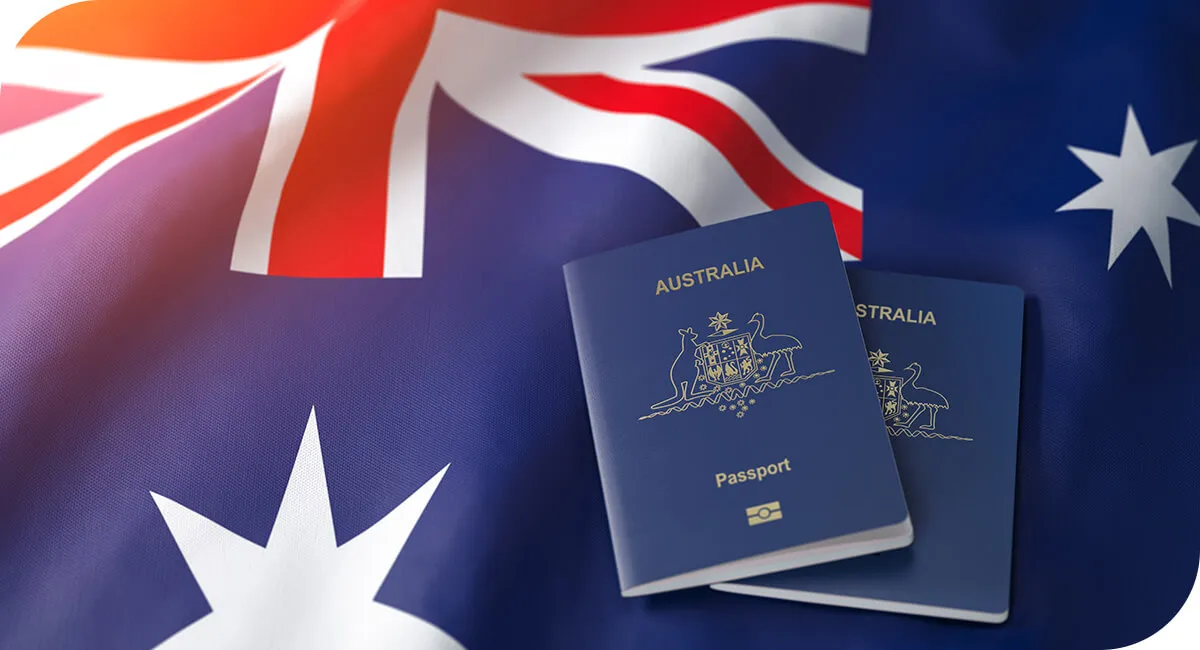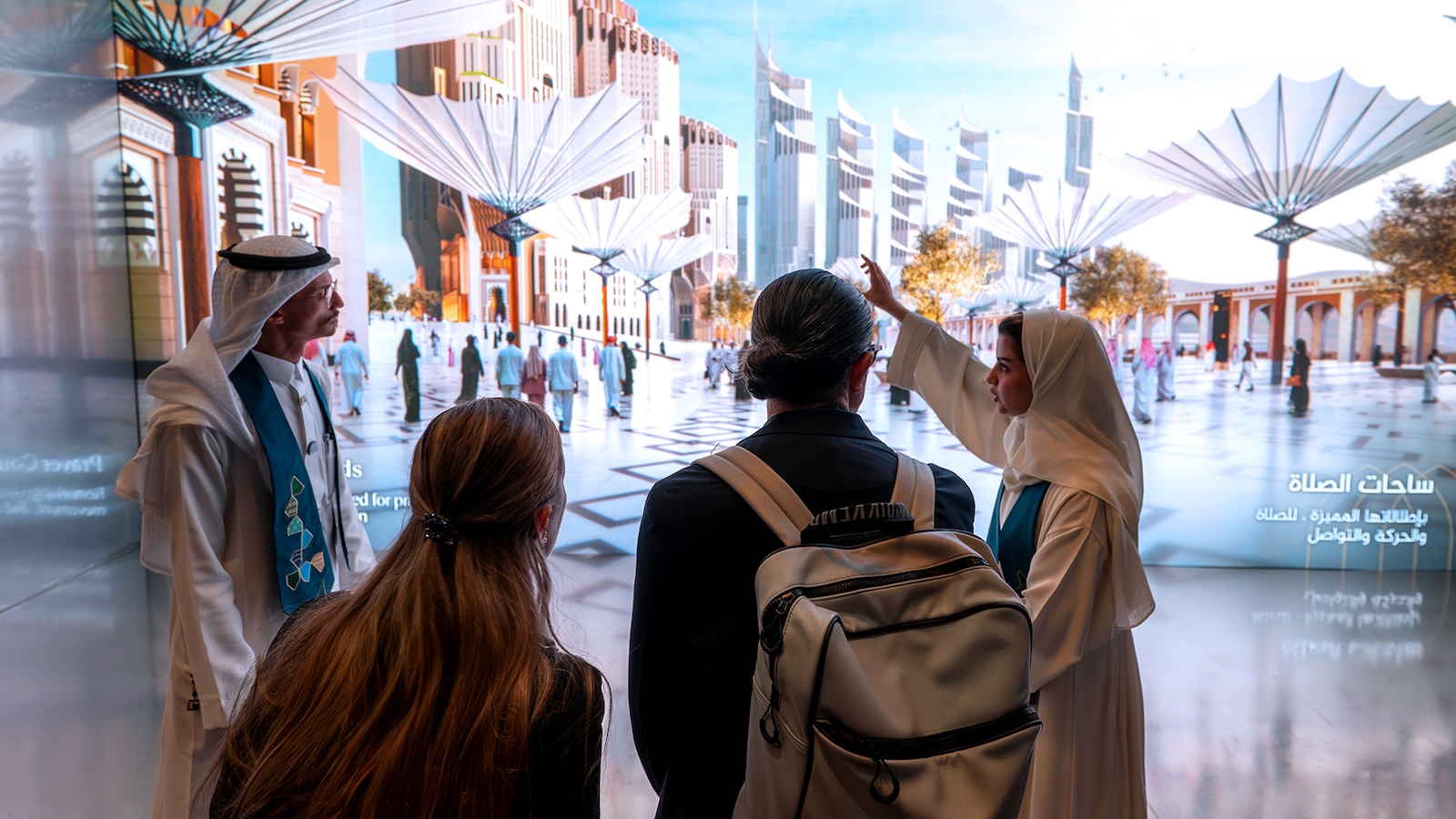Australia has implemented a major change to its student visa framework with the introduction of Ministerial Direction 115 (MD115), which officially replaced the earlier MD111 on 14 November 2025. The directive now applies to offshore Subclass 500 visa applications — including those filed by students from Pakistan who plan to begin their studies in Australia in 2026.
The new rules form part of Canberra’s broader effort to manage international education more sustainably, ensure fair treatment across universities, and uphold the integrity of its academic system.
A Three-Tier Processing Model
At the heart of MD115 is a three-tier visa processing system tied to each institution’s overseas student commencements (NOSC) compared with its annual allocation.
- Priority 1: Institutions under 80% of their allocation, with visas processed in roughly 1–4 weeks.
- Priority 2: Institutions between 80–115% of allocation, with timelines of 5–8 weeks.
- Priority 3: Institutions above 115% of allocation, where processing may stretch to 9–12 weeks.
For Pakistani applicants, this means the speed of visa approval will depend heavily on the university or college chosen. Smaller or regional providers may deliver quicker outcomes, while larger institutions that exceed their allocation could face delays.
Exemptions for Certain Students
Not all applicants are subject to the tiered system. School students, short-term exchange participants, standalone ELICOS learners, postgraduate researchers, and students from Pacific nations and Timor-Leste will remain in Priority 1 regardless of their institution’s status. This guarantees faster processing for these categories.
Provider Allocations and PRISMS
Visa priority is now directly linked to provider allocations recorded in the PRISMS system. While exceeding allocation slows down the order of processing, there is no cap on enrolments. The directive is designed to regulate timelines, not restrict numbers.
What It Means for Pakistani Students
For those in Pakistan preparing to apply for the Subclass 500 visa in 2026, MD115 introduces several practical considerations:
- Processing times are tied to the institution’s allocation status.
- Smaller or regional universities may offer quicker approvals.
- Core eligibility requirements remain unchanged — admission confirmation, financial proof, and English proficiency are still mandatory.
- Early applications are strongly advised to avoid delays in Priority 2 or 3 categories.
Why Australia Made the Change
The government’s objectives include stabilizing international student growth, ensuring equitable access across universities and TAFE providers, and aligning visa processing with quality standards. The reforms also aim to reduce backlogs and improve efficiency. In 2025, offshore visa lodgements dropped by 26% and new commencements fell by 16%, prompting the need for a more structured approach.
Guidance for Applicants
Pakistani students can improve their chances of smooth visa approval by choosing institutions wisely, applying early, and preparing documentation thoroughly — including Confirmation of Enrolment (COE), financial statements, and English test results. Monitoring provider allocation status through PRISMS or the Department of Home Affairs, and consulting trusted education advisors, can also help navigate the new system.
Conclusion
MD115 represents a significant shift in how Australia processes student visas. For Pakistani students, understanding the three-tier model and planning strategically will be essential. With careful preparation and timely applications, aspiring scholars can secure their place at Australian universities and begin their academic journey in 2026 with confidence.
Input from StudyAbroad.pk
Read more related news here: https://thepublicpurview.com/category/tourism/
For climate-related stories, visit: The Green Post






